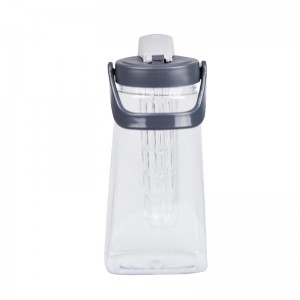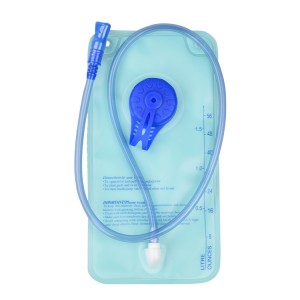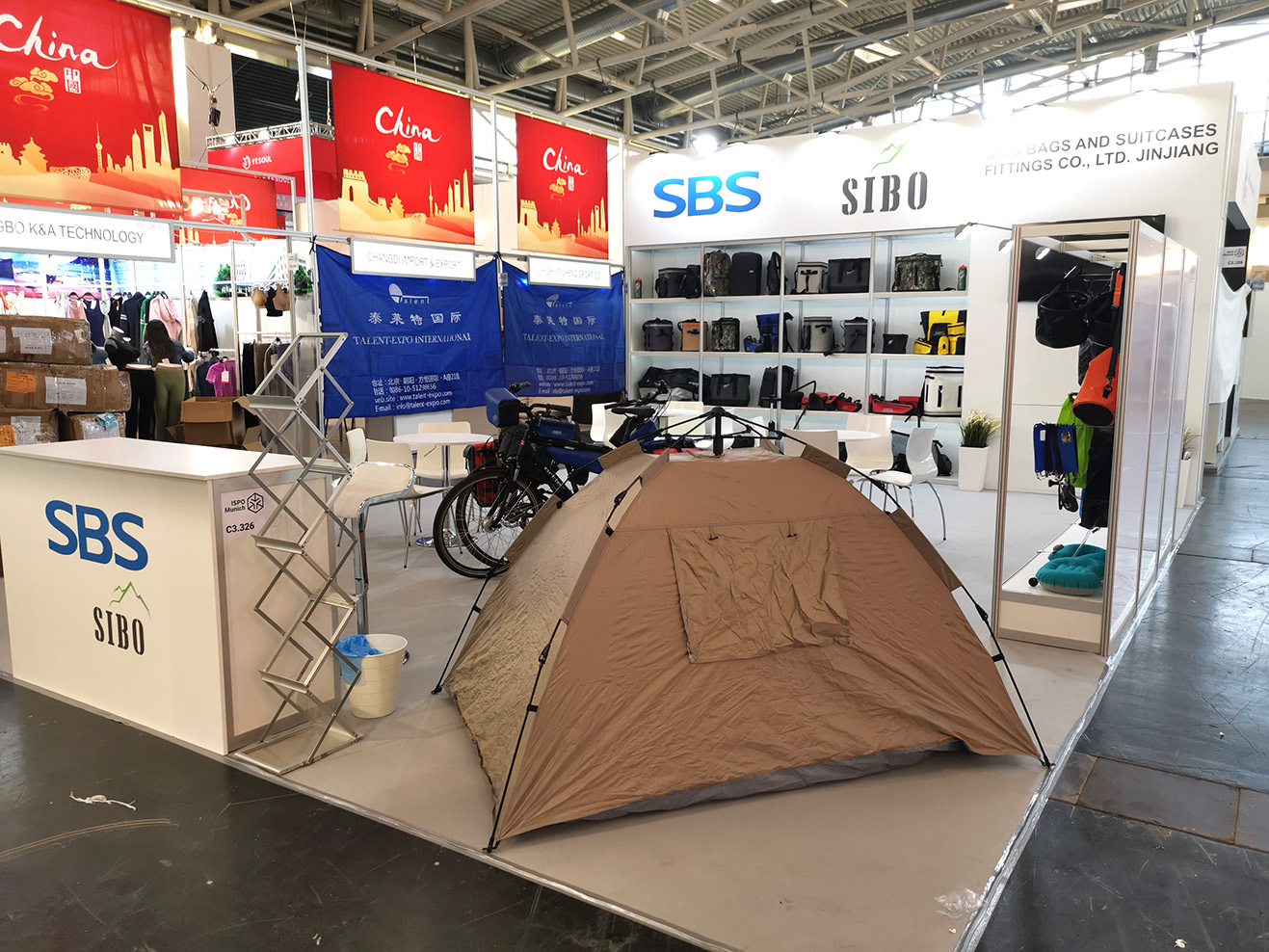Water is essential for our survival, and staying hydrated is crucial for our overall health and well-being. When it comes to carrying water on the go, there are two main options – water bladders and water bottles. While both serve the purpose of carrying water, there are significant differences between the two.
What is a Water Bladder?
A water bladder, also known as a hydration bladder, is a flexible, collapsible container that is used for holding and transporting liquids, typically water. It is typically made of durable plastic or rubber and has a wide opening at the top with a screw or slide closure. The bottom of the water bladder usually has a hose or tube attached to it, with a mouthpiece at one end for drinking water.
Water bladders are designed to fit inside a backpack or hydration pack and are usually used for outdoor activities such as hiking, camping, cycling, and running. They come in various sizes, ranging from 1 to 3 liters, and can be easily filled and refilled from a water source.
The Pros of Water Bladders:
1. Large Capacity: One of the main advantages of using a water bladder is its large capacity. Most water bladders can hold up to 3 liters of water, which is much more than the average water bottle. This makes them an ideal choice for long outdoor activities where access to water may be limited.
2. Hands-free Drinking: Unlike water bottles, which require you to stop and unscrew the cap every time you want to take a sip, water bladders allow for hands-free drinking. The tube with the mouthpiece is easily accessible, allowing you to hydrate without having to stop your activity.
3. Compact and Lightweight: Another benefit of water bladders is that they are very compact and lightweight. When empty, they can be rolled up or flattened, taking up minimal space in your backpack. This makes them ideal for activities where you need to carry minimal weight.
4. Easy to Refill: Water bladders are very easy to refill from any water source, such as a tap, stream, or lake. They have a wide opening at the top, making it easy to fill them up, and the hose allows you to drink directly from the source without having to remove the bladder from your backpack.
5. Hygienic: Water bladders are usually made of materials that are BPA-free and do not retain odors or flavors. This makes them very hygienic and safe to use, ensuring that your water tastes fresh every time.
The Cons of Water Bladders:
1. Cleaning and Maintenance: While water bladders are hygienic, they can be tricky to clean and maintain. They need to be thoroughly washed and dried after every use to prevent the growth of bacteria and mold. The tubes and mouthpieces also require a deeper cleaning, which can be time-consuming.
2. Lack of Durability: Water bladders are made of thin, flexible materials that can be prone to punctures or tears, especially when used in rugged outdoor environments. This can result in leaks, rendering the bladder unusable.
3. Not Suitable for Hot or Cold Liquids: Most water bladders are not suitable for carrying hot or cold liquids as the materials they are made of are not designed to withstand extreme temperatures. This can make it challenging to use them for activities in extreme weather conditions.
What is a Water Bottle?
A water bottle is a container designed for holding and carrying water or other liquids. It is typically made of plastic, metal, or glass and has a narrow mouth with a screw or snap cap. Water bottles come in various sizes, shapes, and designs, and can be easily found in stores and online.
Water bottles have been around for centuries, and their use has become commonplace in our daily lives. They are not just used for outdoor activities but are also used in schools, offices, and homes to promote healthy hydration habits.

The Pros of Water Bottles:
1. Durability: Water bottles are designed to withstand daily wear and tear, making them durable and long-lasting. They are usually made of sturdy materials, such as stainless steel or BPA-free plastic, which can resist impacts and prevent leaks.
2. Insulation: Many water bottles come with insulation features, which can keep your drinks cold or hot for an extended period. This makes them an excellent choice for people who need to keep their beverages at a specific temperature, such as athletes or travelers.
3. Easy to Clean: Water bottles are very easy to clean and maintain, unlike water bladders. They can be washed with soap and water, and some are even dishwasher safe. This makes them a more convenient choice for everyday use.
4. Versatile: Water bottles come in various shapes, sizes, and designs, making them suitable for a wide range of activities. They are not just limited to outdoor activities but can also be used for daily tasks, such as going to work, school, or the gym.
The Cons of Water Bottles:
1. Limited Capacity: Unlike water bladders, which can hold up to 3 liters of water, water bottles have a limited capacity, usually ranging from 330ml to 1 liter. This means you may need to refill your bottle more frequently, which can be inconvenient during outdoor activities.
2. Not Hands-free: One of the main downsides of water bottles is that they are not hands-free. This means you need to stop or slow down your activity to take a sip of water, which can be disruptive and time-consuming.
3. Heavy and Bulky: Depending on the material and size, water bottles can be heavy and bulky, making them less practical for activities where you need to carry minimal weight.
4. Risk of Contamination: Water bottles can be exposed to external contaminants, especially when left open or when used by multiple people. This can lead to the growth of bacteria or odors, which can make your water undrinkable.
The Key Differences between Water Bladders and Water Bottles
After understanding the pros and cons of water bladders and water bottles, it is evident that they cater to different needs. However, there are some key differences between the two that can help you decide which one is more suitable for you.
1. Capacity: The most significant difference between water bladders and water bottles is the capacity. Water bladders can hold a much larger volume of water compared to water bottles, making them an ideal choice for long outdoor activities where access to water may be limited.
2. Size and Weight: Water bladders are more compact and lightweight than water bottles, making them easier to carry on outdoor activities where you need to carry minimal weight.
3. Hands-free Drinking: Water bladders allow for hands-free drinking while on the move, unlike water bottles that require you to stop and take a sip.
4. Durability: Water bottles are more durable and can withstand daily wear and tear compared to water bladders, which can tear or puncture easily.
5. Hygiene: Water bladders are generally more hygienic than water bottles as they are made of materials that do not retain odors or flavors. Water bottles, on the other hand, can be exposed to external contaminants, making them less hygienic.
FUJIAN SBS SIBO TECHNOLOGY CO.,LTD was founded in 2003 and is a leading professional manufacturer of bags and sports outdoor products with years of production experience. Our main products include Sports water bottle,Soft Cooler,Soft Reservoir,Buckles,waterproof camping backpack, etc. We have our own R&D department to provide you with product customization services. Provide personalized products and customer-oriented comprehensive solutions based on the customer’s brand style. We have a comprehensive R&D system and the ability to transform your creativity into excellent products.
We also have a national level professional laboratory, and all products, including raw materials, have been tested. At the same time, it is equipped with a quality department, and the finished products are inspected by the quality department. All products of the company have passed the latest international environmental protection requirements of the country and the international European Union. Environmental certifications such as EN71, FDA, LFGB, BPA, 6P, PAHS, etc.
Post time: Mar-28-2024



